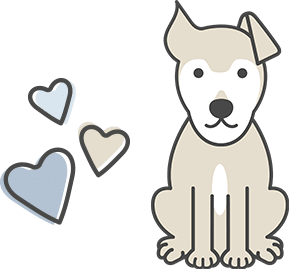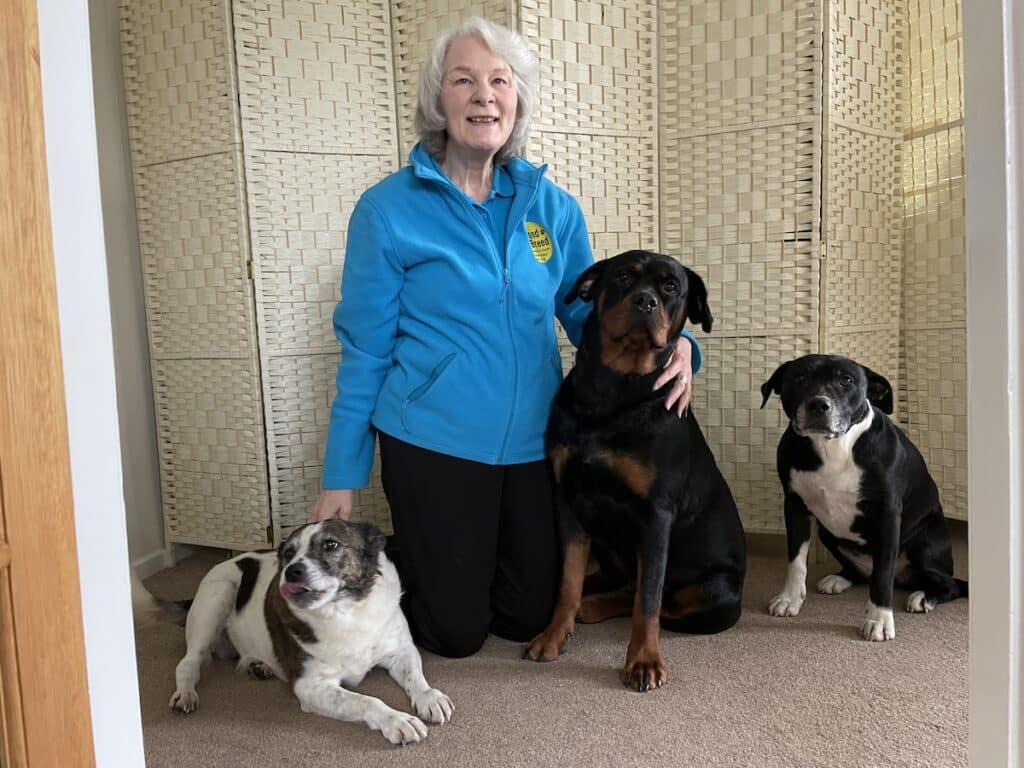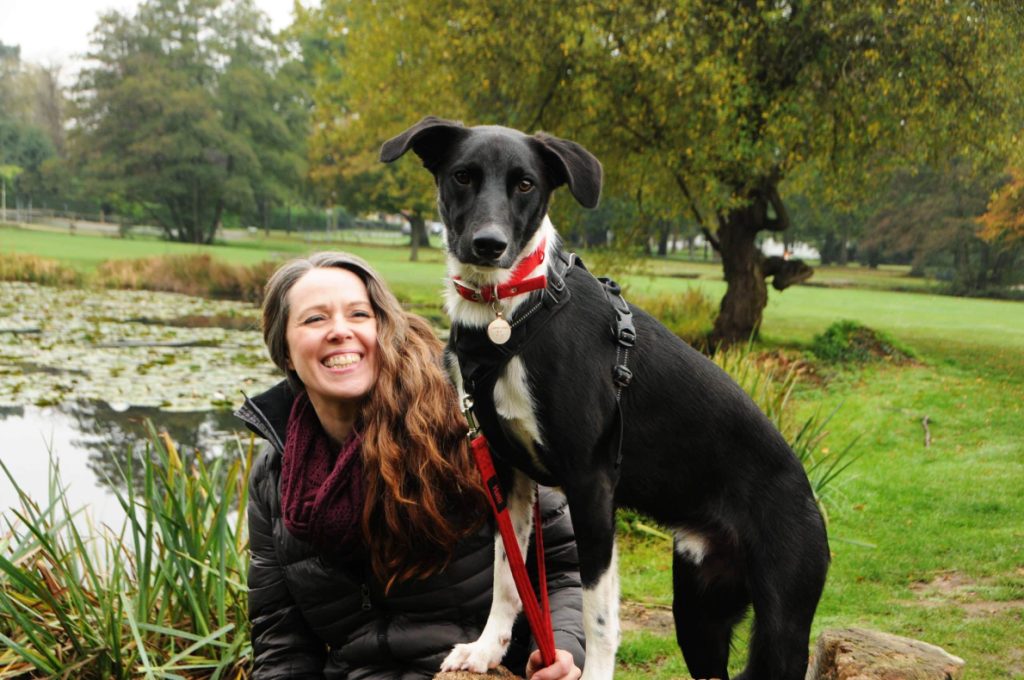Do you have the first aid skills you need if you pet was seriously ill or injured?
It’s something that strikes horror into every loving owner.
So when I was asked to go along to a pet first aid course at Pets Animal Hotel, where Daisy goes for daycare, I jumped at the chance.
Leading the course was Rachel Bean, who has worked a Veterinary Nurse and Canine Behaviourist for 20 years.
She defined what we’d learn during the four hours as ‘the critical first action when a patient suffers an incident.’
Rachel’s first tip is not to panic. “We have an emotional attachment to our pets,” she explained. “So if something is wrong we go into fight or flight mode.
“But the key is to try to keep calm. My courses leave people equipped with enough knowledge to cope with a lot of potentially fatal situations that may arise as a dog owner.
“First aid is exactly that though and it’s vital that after administering it, the dog is taken to a vet for professional help.”
Here, I’m going to go through the First Aid advice she gave around the everyday scenarios that could be dangerous for dogs but I’d highly recommend taking the course too.
Assessing The Patient
Start with assessing the situation by remembering the three main rules ABC:
A – Airways B – Breathing C – Circulation
With this in mind, we can check:
Is the dog BREATHING? Watch for chest or nose and mouth movements.
Is the breathing LABOURED? This could indicate an airway blockage. Care must be taken to safely remove the blockage if you can see it.
Is the dog CONSCIOUS? If they’re aware of their surroundings, it’s less likely to be life threatening.
Handling And Restraint
Remember a dog in pain or distress can be aggressive so may need a muzzle or a makeshift one made from a bandage.
Small dogs can be put in a basket or crate. Larger ones can be put on a lead.
The difference between Hypothermia and Hyperthermia
Hypothermia
It always brings a tear to my eye when I see stories about people saving dogs from frozen lakes.
There’s different stages of hyperthermia which range from shivering to being in a coma.
Rachel’s advice is to take the dog inside if possible and warm him up inside your clothing and share your body heat or wrap them in a warm towel or blanket until the shivering stops and vigorously rub their body and limbs. You can apply a hot water bottle to their belly too.
Don’t soak the dog in warm or hot water or rub any frostbitten areas.
Hyperthermia
A real life scenario might be helping a dog that’s been trapped in a hot car.
As dogs can’t sweat, they need to pant to control temperature and if it’s hot outside heat stroke can occur.
If their temperature is over 105 degrees F, it can cause organ failure and need to see a vet immediately.
In less extreme cases you can elevate your dog’s legs with cool soaked towels to help blood flow to the brain and heart, give them cold water to drink and place an ice pack wrapped in a towel to their head to cool the brain.
Don’t cold plunge the dog or wrap him in a blanket and it’s best to see a vet as soon as possible.
Bloat
This is a serious form of indigestion and can be triggered by if dogs exercise after large amount of food or drink, intense activity or stress.
It can lead to twisting of the stomach and must be treated by a vet immediately.
It the second biggest killer in dogs and they can die in less than an hour.
Symptoms are unsuccessful attempts at vomiting or retching, pain, collapse, depression, drooling and frothing and frequent belching.
You can reduce the risk of bloat by making sure your dog rests after meal time – Rachel advises 90 minutes to two hours, or by slowing their eating down and spreading meals throughout the day.
Jodie Forbes who owns performing pups Hazel and Bramble recalls her terrifying experience when Hazel had bloat and what owners need to know.
https://youtu.be/5MuGi8ViJAg?list=TLGGGWgzu8jQWTQxNjAyMjAyMw
Bleeding and Haemorrhage
This is a complex area and best explained by a vet.
The advice if a dog is bleeding profusely it to apply direct pressure through your fingers, a bandage or dressing, to the bleeding site to aid the clotting process.
A tourniquet is where you can use a strip of material and tie it above the wound and tighten it until the bleeding slows.
This can only be used for 15 minutes, then loosed to oxygenate the limb, then tightened again. This is NEVER to be used on the neck but is suitable for leg wounds.
Poisons
Dogs can be poisoned by things like rat poison, club pellets, antifreeze, plants, detergents and things we use every day like paracetamol or even eCigs.
Miffany Haynes told how she lost her dog Leonardo after he chewed an eCig in the hope it would prevent more tragic deaths.
Plus there’s the things we know we shouldn’t feed our pets like chocolate, onions, raisins – even slurping on a cup of tea or coffee can be dangerous.
Symptoms are vomiting, diarrhoea, depression, unconsciousness, convulsions, muscle tremors, abdominal pain, excessive drooling and panting.
If you suspect your dog has ingested something poisonous, call the Veterinary Poisons Information Service for advice and go straight to a vet.
You’ll need to tell them what the symptoms are, when you noticed them and it’s helpful to take the packet of what you thing your dog has eaten.
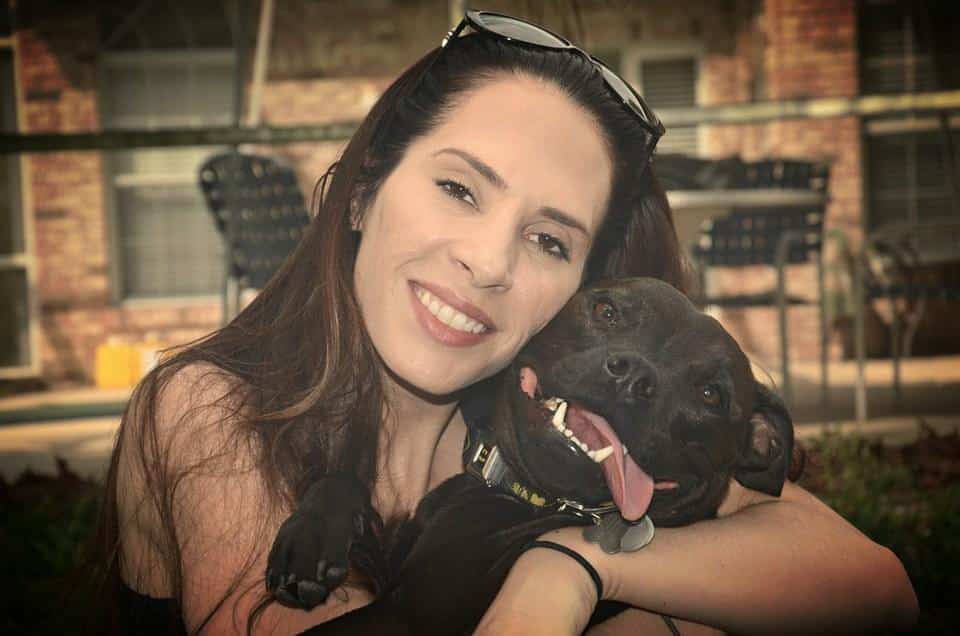
Insect Stings
If your dog has been stung and is showing no signs of allergic reaction or anaphylactic shock, you can treat at home.
With bee stings, ice can reduce pain and swelling and bicarbonate of soda paste (which is alkaline) can be applied to counteract the acid.
Wasp stings are best treated with a mix of vinegar and water as these are acidic which counteracts the alkaline venom of a wasp sting.
Shock
This is when the supply of oxygen and nutrients to tissues is affected and can be life threatening.
Symptoms include pale eyelids or gums, weak or rapid pulse, cold paw pads, increased heart rate, rapid and shallow breathing, reduced level of consciousness, collapse or convulsions.
Rachel’s advice is try to control any bleeding, keep the dog warm with towels or blankets and phone your vet and get to them as soon as you can.
Unconscious/Collapse
Terrifyingly, this can look as if the dog is dead. Rachel’s first aid advice is to check five things.
Heartbeat – may be slow/weak
Breathing – may be shallow
Body Temperature – remains stable
Cornea Moisture – eyes look ‘alive’
Pupils – do they react to light? In death it will be fixed and dilated.
To treat them, check the airway is open and loosen the collar, pull the tongue forward to prevent swallowing or choking, extend the neck, feel for chest movements and heartbeat and keep the dog warm.
Rachel’s first aid course teaches mouth to mouth and cardiac massage and she said CPR can work in up to 15{81288282a2c47e5b9f500e2d6ec3c31110a99e9e9549bc5f5bbba4ff1c322354} of emergency cases.
Rachel said: “I’ve had people who have come on courses and learned this vital procedure then had to carry it out in real life.
“That is the case with all the elements of the first aid course. As a dog owner, you want to treat your pet as best you can, and just having the extra knowledge gives you the confidence to do that.”
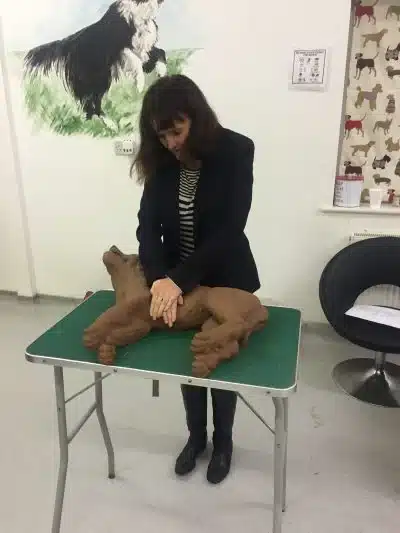
Rachel learns how to perform CPR
Finally, Rachel showed us how to bandage our dogs if their feet or ears are injured.
With feet, first aid advice is to put a soft layer over their toes first, then cover this with the bandage lengthways before wrapping the bandage around the leg.
With ears, the soft layer is applied first in a figure of eight motion, then covered with the bandage in the same figure of eight pattern.
To find our more about Rachel’s courses which are held all over the country, visit www.rachelbean.co.uk or follow her Facebook page Canine First Aid Workshops UK

